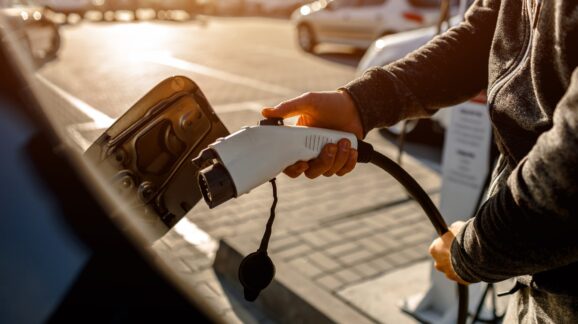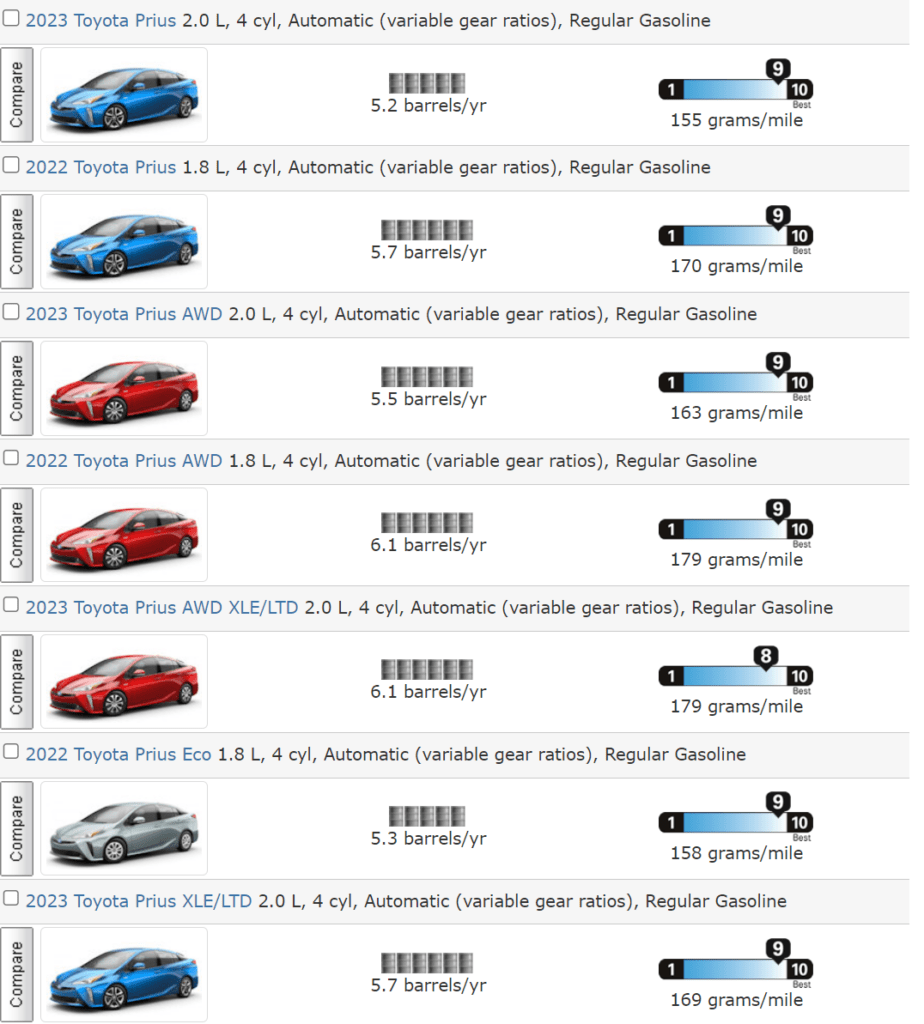EPA’s almost bare-naked electric car mandate

Photo Credit: Getty
The Environmental Protection Agency (EPA) last week proposed new greenhouse gas (GHG) emission standards for model years (MYs) 2027-2032 passenger cars, light trucks, and medium-duty trucks. The standards are de facto electric vehicle (EV) mandates. Automakers cannot comply without rapidly phasing out internal combustion engine (ICE) vehicles and rapidly increasing sales of battery-powered vehicles.
Naturally, the EPA protests that, unlike California’s motor vehicle program, which officially bans the sale of gasoline-powered cars by 2035, “the GHG program in this proposal is performance-based and not a ZEV [zero-emission vehicle] mandate” (88 FR 29255). In fact, like the California program, the EPA program compels automakers to manufacture and sell increasing percentages of ZEVs, only at a slower pace. It does this by establishing fleet-average GHG emission standards that automakers can meet only by squeezing ICE vehicles out of their fleets. The EPA’s program is not a bare-naked EV mandate, but almost.
The evidence is incontrovertible. According to the EPA, in 2022, EVs accounted for 5.8 percent of new light-duty passenger vehicle sales (88 FR 29189). Under the policy baseline established by the EPA’s MY 2023-2026 GHG emission standards, EV market share is projected to reach 39 percent in 2032 (88 FR 29296). Under the proposed standards, EV market share is projected to reach 67 percent in 2032 (88 FR 29329)—two-thirds of all new light-duty vehicles sold. The California Air Resources Board may be in the fast lane, but the EPA is driving down the same regulatory freeway and with no plan to stop before the final destination.
Here’s an easy way to visualize what the EPA is up to. The Toyota Prius is the most popular hybrid car and one of the most fuel-efficient ICE vehicles on the market. Could Toyota comply with the EPA’s proposed standards in 2032 if all its light-duty vehicles were hybrids matching today’s Prius in fuel consumption and GHG emissions per mile? No. It would not even be close.
The EPA’s GHG standards are calibrated in grams per mile (g/mi) of carbon dioxide (CO2). According to the EPA, “for passenger cars, the proposed MY 2032 standards are projected to result in CO2 fleet-average levels of 73 g/mi in MY 2032, which is 52 percent lower than that of the (adjusted) MY 2026 standards” (88 FR 29239). The MY 2032 standard is less than half the CO2 emissions per mile of MY 2023 Toyota Prius hybrids, which range from 155 g/mi to 179 g/mi.

Source: FuelEconomy.Gov
To comply with the EPA’s proposed rule, the fleet-average CO2 emissions of Toyota passenger cars in MY 2032 will have to be 52 to 60 percent lower than that of a MY 2023 Prius. To reach those targets, Toyota will have to rapidly increase the number and percentage of ZEVs it produces and sells. It will have to do so regardless of whether consumers can afford or want to buy such vehicles.
The EPA’s proposal is controversial and sure to be litigated. Indeed, petitioners in State of Texas v. Environmental Protection Agency are suing to overturn the EPA’s less aggressive de facto EV mandates for MYs 2023-2026, promulgated in December 2021. If Texas petitioners win, the EPA’s current proposal is toast.